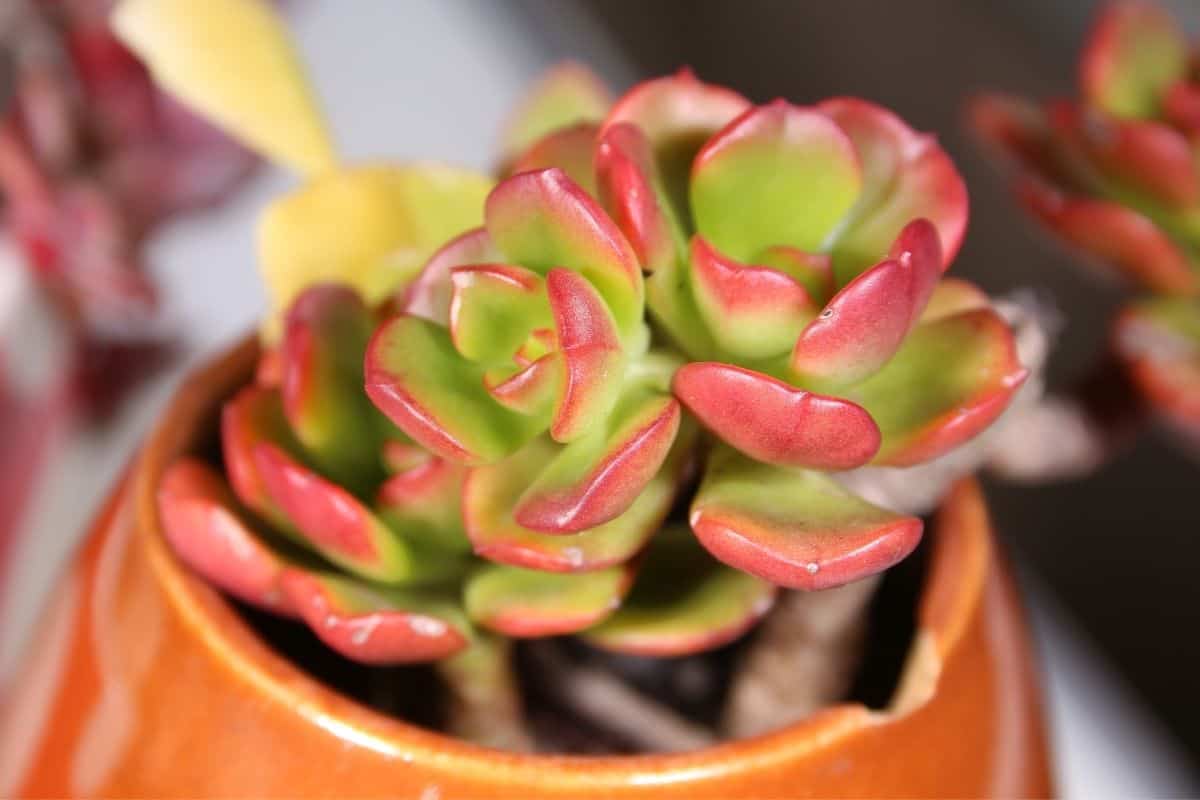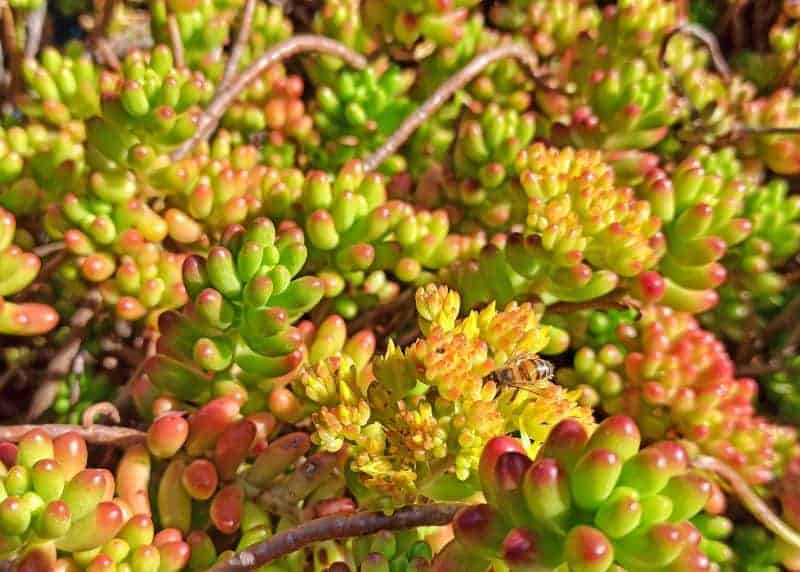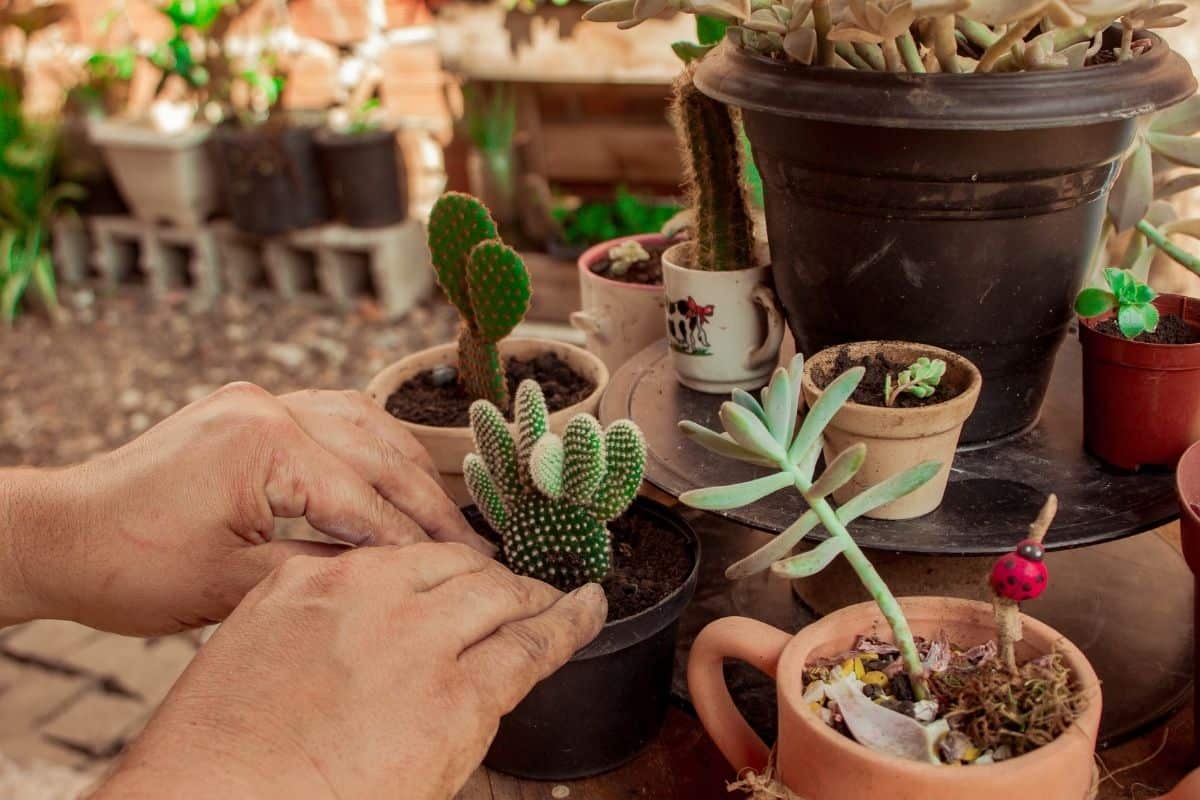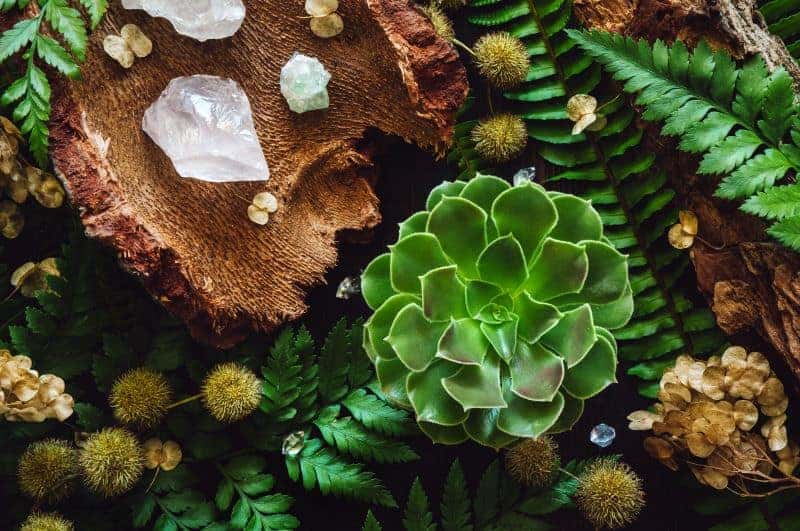
As you become a more experienced succulent gardener, you may want to experiment with the various methods of succulent propagation. Propagating succulents from cuttings and offsets is relatively easy, so if you’re looking for more of a challenge you may want to try growing succulents from seeds.
However, before you can attempt to grow your favorite succulents and cacti from seeds, you must first learn how to get the seeds from the succulent flower.
The first step in this process involves the formation of a flower. Depending on the species of succulent you want to collect seeds from, you may have to wait some time for the plant to bloom. Some species bloom frequently while others may only bloom every few years. Some may also need to be kept under certain conditions to encourage blooming, so you’ll need to research the specific type of succulents to have to see what you can do to help your plant produce flowers.
Read Article: How To Sterilize Soil
The Importance of Pollination

If you’re familiar with plant reproduction it might seem obvious, but it’s worth reminding every gardener that in order to collect seeds from your succulents they must have first been pollinated. Remember, seeds are a product of pollination, so the process requires the genetic material of either two individual plants or two individual flowers. Whether your succulent can self-pollinate or will need to be cross-pollinated will depend on the species.
Without pollination, your succulents will still produce beautiful blooms, but they won’t produce any seeds. Flowers that have not been pollinated will simply dry up and wither away without producing any seeds pods.
No products found.
If you have your succulents planted in an outdoor garden, pollination will likely be taken care of by visitors to your garden. Bees and other insects, and sometimes even birds and bats, act as pollinators as they go from flower to flower and plant to plant. With each succulent flower they visit, they are distributing and collecting pollen.
The challenge with pollinating succulents come when they are kept indoors or away from natural pollinators. If you want to pollinate succulents from your indoor succulent collection, you’re going to have to step in and pollinate them yourself. Don’t worry, it’s a simple process to accomplish.
Some gardeners opt to remove the pollen-covered anther from a single flower, but others simply use a small paintbrush to collect the pollen. Regardless of which method you choose, you’ll then need to use the anther or paintbrush to gently pollinate another flower. To do this, simply rub the pollen on the recipient flower’s stigma, which is the protrusion at the center of the flower.
There may be instances where you pollinate your outdoor succulents yourself, rather than relying on nature. An example may be when you want to breed two specific plants together or are attempting to create a hybrid succulent . In these cases, you’ll want to tape the flower petals closed to prevent pollinators from adding genetic material from unknown plants. Obviously, if you’re growing succulents indoors where there is no risk of natural cross-pollination, you won’t need to take this step.
The Development of Seed Pods

The next step in the seed collection process requires a lot of patience. Depending on the type of succulent that you’re attempting to harvest seeds from, you may be waiting anywhere from a few weeks to a few months after pollination for the seed pods to develop.
If your flower was pollinated successfully, you’ll eventually notice that the base of the flower will begin to swell. This swelling is the development of the seed pod. The pod will be firm to the touch at first, but it will become quite fragile as the pod dries. It’s best to handle the seed pod minimally while it dries so you don’t accidentally break it open before you’re ready.
How to Harvest Succulent Seeds

Once the seed pods have developed, you’ll need to allow the flowers and seed pods to dry out before you will be able to harvest the seeds from your succulent. One method involves allowing the flowers to dry while on the plant. This is an easy option, but you need to make sure you remove them before they break open and release the seeds inside.
Another option is to remove the flowers before they begin to dry and allow the drying process to occur under your own terms. Gardeners who use this method often place the seed pods into a paper bag, envelope, or just on a piece of paper. Succulents seeds are often incredibly tiny so if your seed pod breaks open, the paper will allow you to see the seeds and keep track of them.
Regardless of the method you choose to dry your seed pods, it’s best to break them open over a blank piece of paper or inside a paper bag. The tiny seeds will be easy to lose, so be careful! Some succulent seeds are so small they may resemble dust, so having a piece of paper beneath you can help you keep track of them.
After you’ve harvested your succulent seeds, you can either let them continue to dry until you’re ready to plant them or you can plant them immediately. If you do choose to let your succulent seeds dry, consider storing them in either a paper envelope or a small bottle. You can also store them with a packet of silica gel reused from vitamins or other products. The silica will serve to prevent excess moisture from building up in whatever you choose to store your seeds in.
It should be noted that growing succulents from seeds can have unexpected results. This is just one reason that most nurseries choose to propagate their succulents with cuttings and offsets. Just because two plants that look similar are bred together, does not mean that the plants produced by those seeds will look like the parent plants. However, don’t let this discourage you from collecting seeds from your succulent flowers. Growing succulents from seeds is a fun and interesting project, but like collecting seeds, it does require plenty of patience!
You Might Also Like:

